The Sky in October and November 2013
Blake delivered his The Sky This Month presentation at the 16 Oct 2013 Recreational Astronomy Night meeting at the Ontario Science Centre. The handout provided included a calendar for portions of October and November 2013 along finder charts for various comets. The notes have been reproduced here. You may view or download and print the calendar PDF file (566 KB) as well as the comet charts PDF file (186 KB).
Planets and shadows
Over the next few weeks, there’s an opportunity to view all 7 planets in the solar system! Venus and Saturn are in the west at sunset. In fact, the next couple weeks represent your last chance to see the ringed planet before it is lost in the glare of the Sun.
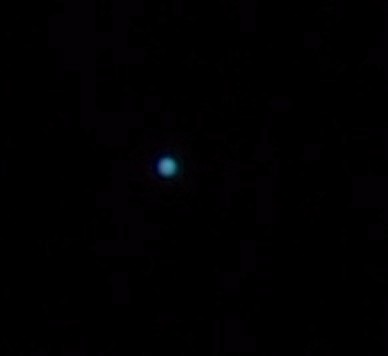
Neptune and Uranus are well placed in the mid-evening. They are also relatively close to us. In fact, Uranus was at “opposition” a couple of weeks ago. Opposition is the term used when we, that is the Earth, is in a position in its 365-day orbit around the Sun where we’re between the Sun and the outer planet. During opposition, we’re close to this planet. And that usually means good views and a chance to surface details. It’s also a good opportunity to try for the moons around distant planets. See if you can spot Triton around Neptune and Oberon and Titania around Uranus. You might need a “big gun...” The author viewed all three of these moons in the dark skies of the Carr Astronomical Observatory with telescopes 12½-inches and larger.
Jupiter, Mars, and Mercury are morning planets with Jupiter rising in the east around midnight.
All eyes were on Jupiter recently in an effort to spot the triple shadow transit, a rare situation where shadows from 3 of the Jovian moons fall on the disc of the king of the planets. Did you see it? If not, you’ll need to wait a bit, perhaps a decade. Again, triple shadows are rare. Quads are impossible. Singles are the most common.
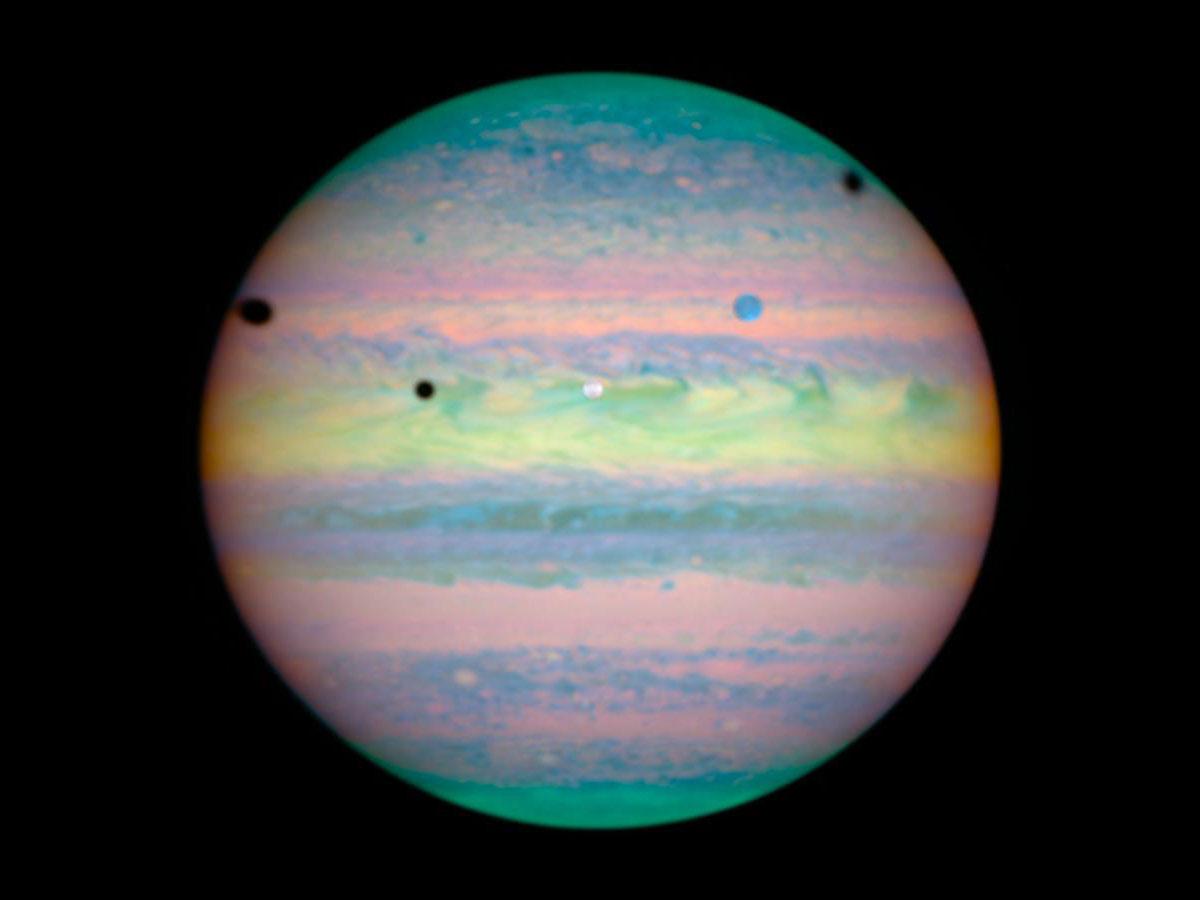
There are a number of double shadow transits over the next few weeks. Try to see or photograph one of those. Keep an eye on the provided calendar. Or consult the RASC Observer’s Handbook or the RASC Calendar.
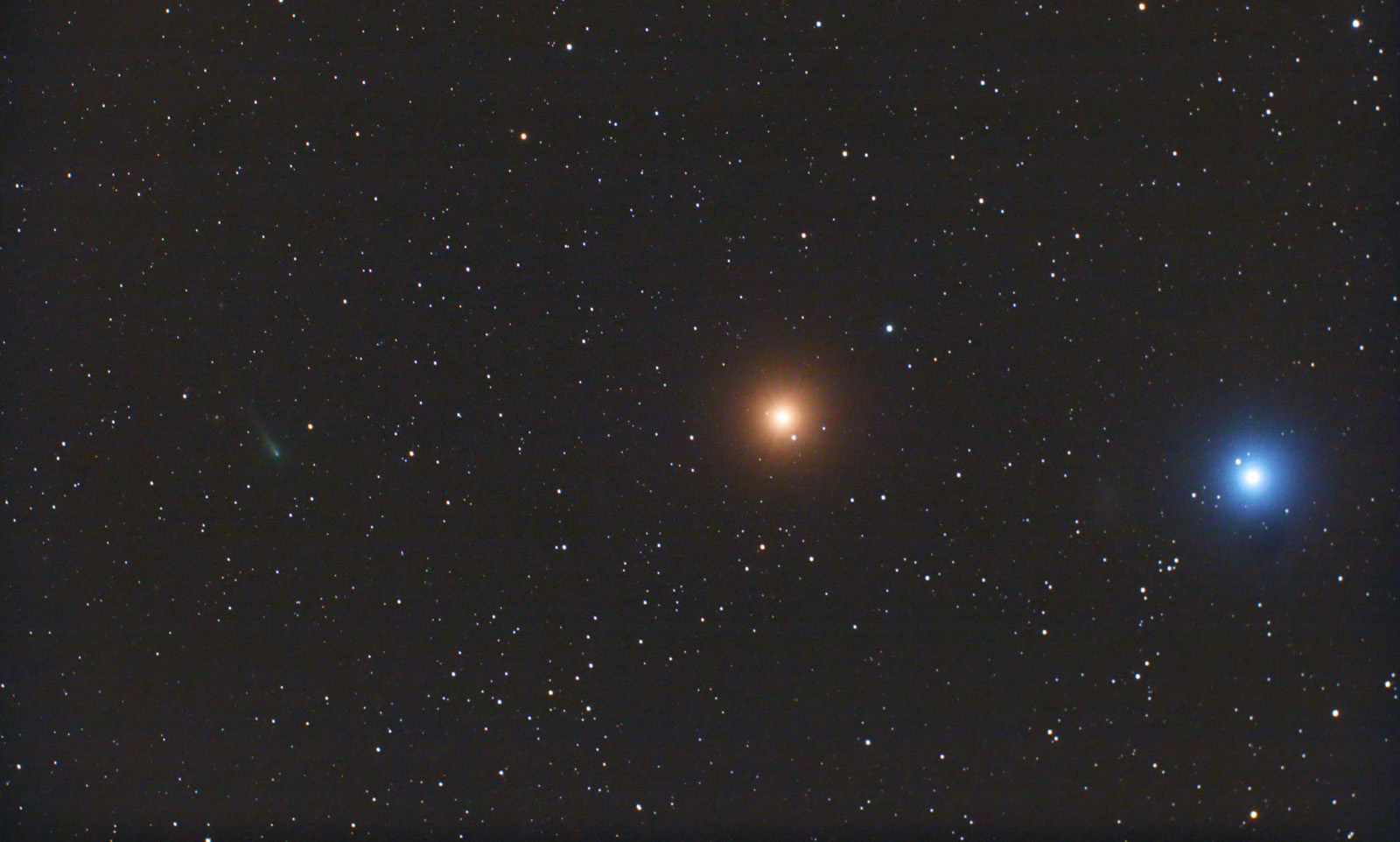
Mars is in the constellation Leo. This always makes for a pleasing vista or attractive photograph, given the colour contrast. Mars is orangey-red, of course; whereas, Regulus, the lucida (or brightest star) of the Lion, is blue-white. You’ll have to rise before dawn to see this celestial pair.
If you look closely in the image by Mr Schur, you’ll spot another wanderer. That’s comet C/2012 S1 (ISON)! More on that visitor later...
The Sun is in Libra. The main source of energy in our solar system is at its solar maximum at the moment. The Sun goes through a regular 7 to 11 year cycle. At the bottom of the wave, our star is quiet, usually without sunspots. But at the peaks, there are typically lots of sunspots, coronal mass ejections, flares, etc. This is why we’ve been seeing so much aurorae of late.
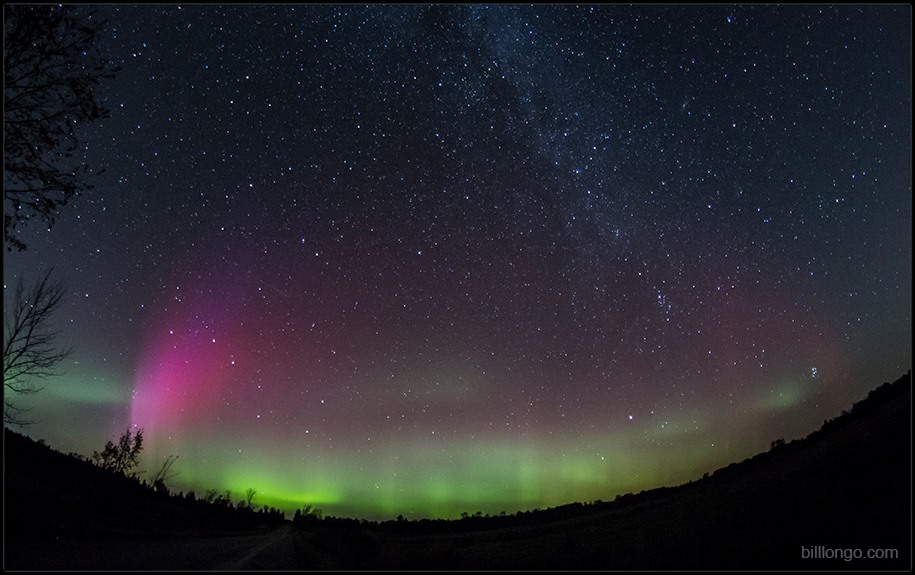
That said, this peak cycle is not as intense as others. Still, lucky members have seen aurora borealis in the Richmond Hill city limits!
Keep an eye on the Space Weather Prediction Center web site for information and a trending graph. iPhone users, check out Solar Monitor for the iPhone, a $10 app with excellent graphics and alerts.
Humans and cubes
The International Space Station (ISS) flies over Ontario in evenings for the next few weeks. Typically there are 3 to 6 humans on board, from space agencies around the world. The crew will be expanded briefly to 9 in the next couple of weeks. Use the Heavens Above web site to predict flyovers for your specific location.
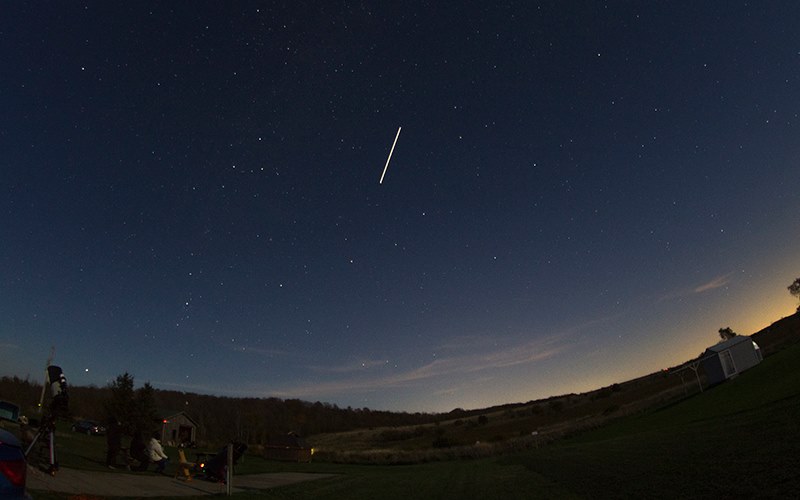
The Orbital Sciences Corp. supply vessel docked recently to the orbiting output. This was a demonstration mission. It appears to be going swimmingly after a minor software hiccup. This is the second US company, after SpaceX, that can support the ISS. Like the European (ESA) and Japanese agencies, this vessel is disposable, will be filled with trash and old equipment, and will be burned up.
ESA is sending up its supply ship soon, the Automated Transfer Vehicle or ATV. A very interesting upcoming event is the Olympic torch visiting the space station in early November. And, purportedly, they’re going to take it on a space walk. It is not clear how this will logistically happen!
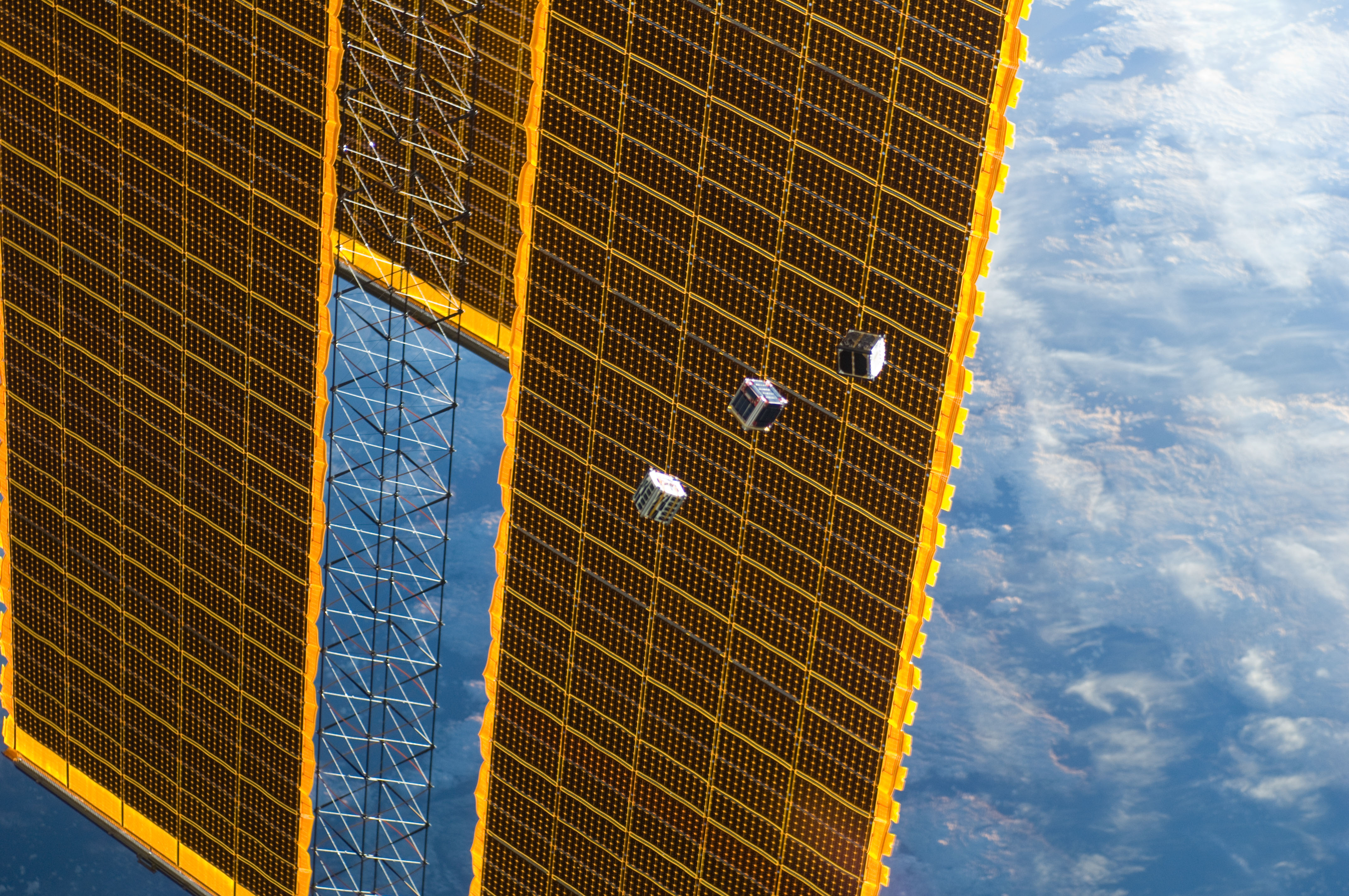
Everyone’s talking CubeSats it seems. The author heard about them a couple of years back. While a few RASC Toronto Centre members were at the North East Astronomy Forum (NEAF) in NY state, they chatted with the SkySafari people about their project. Sign on and you can send a tweet from space! This whole nano-satellite program is presenting interesting opportunities for space agencies, universities, individual schools, science groups to do some low Earth orbit research, at unprecedented low costs.
Orion returns
Nights are getting long and cool. The bugs are gone, at last. It is a bittersweet time of year for the author, seeing the Summer Triangle set over the course of an evening, and, if one stays up late, seeing Orion rise out of the east.
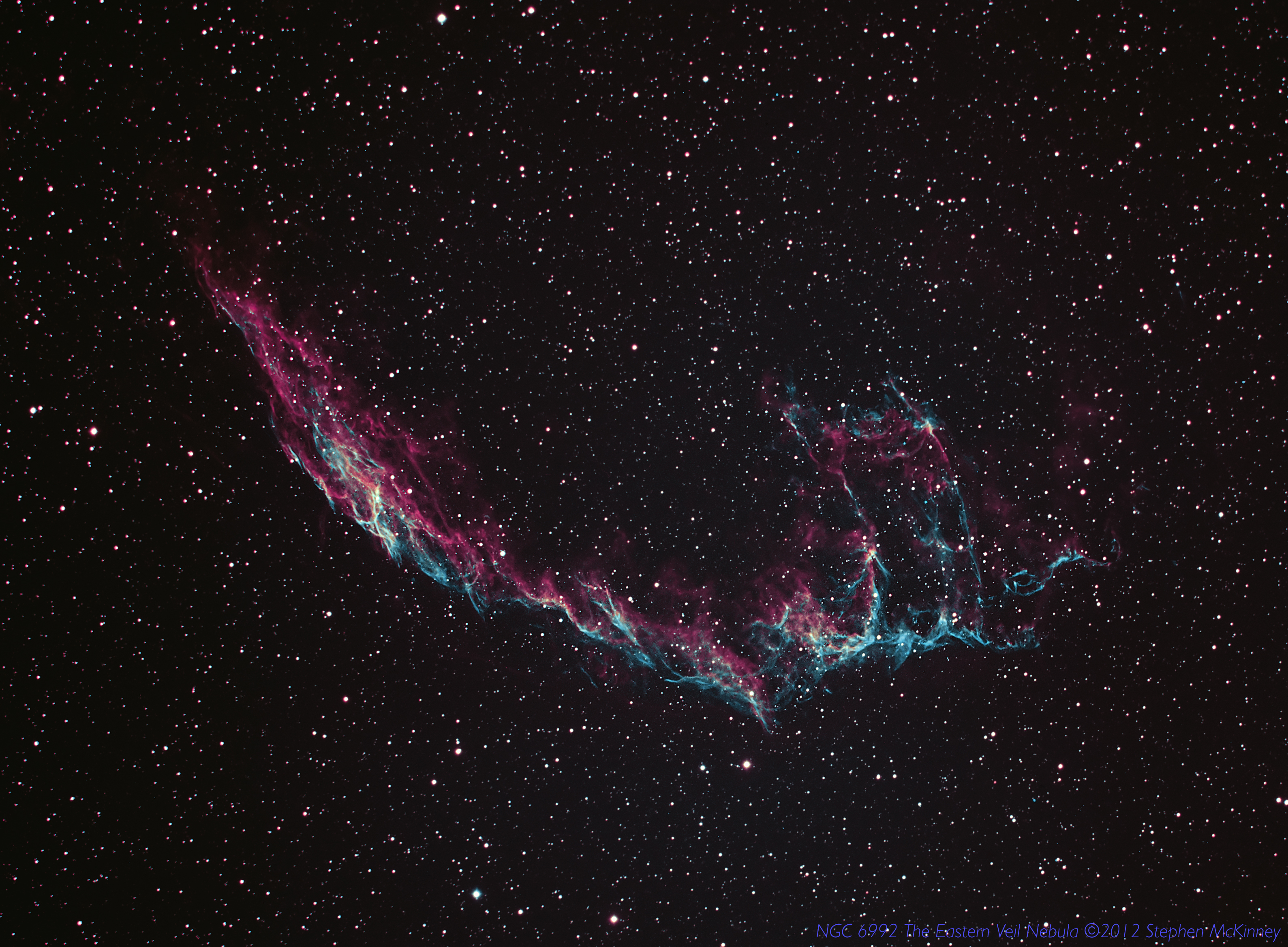
Popular constellations viewed are Andromeda, Pegasus, and Perseus. They are directly overhead around midnight. But be sure to visit some of the less popular choices like Cetus, Pisces, Triangulum, and Aries. They are filled with wonderful double and variable stars and many deep sky objects.
This seems to be the season for planetary nebulae. Try to spot the Little Ghost Nebula, the Box Nebula, White Eyed Pea, Minkowski's Footprint, the Turtle, Phantom Streak, Cheeseburger Nebula, Crystal Ball Nebula, for starters.
Cornucopia of comets
There’s been a lot of talk of comet ISON of late. But the jury’s still out on if it will be “the comet of the century.” Initial brightness estimates were very optimistic but it should still be fairly bright. Perhaps like Pan-STARRS was. But all the hoopla focused on ISON is detracting from other potentially interesting comets. Here’s a breakdown on some of the brightest targets:
- C/2012 S1 (ISON). A morning comet visible in binoculars. It began October in Leo at magnitude 11. Look for a 6 arc-minute (') coma. It should brighten rapidly.
- C/2013 R1 (Lovejoy). A morning comet visible in binoculars. It began October in Monoceros at magnitude 10. It will move into Cancer by month's end. Look for a 12' coma. It should brighten rapidly.
- 2P/Encke. A morning comet visible in small telescopes. It began October in Auriga at magnitude 12.1. It will move into Virgo by month's end. Look for a 5' coma. It should brighten rapidly. It has a large diffuse coma. This is making it very difficult to obtain accurate magnitude estimates. Start with low magnification in the telescope.
- 154P/Brewington. An evening comet visible in a 10-inch telescope. It began October in Aquarius at magnitude 11.7. Look for a 3.5' coma. It should brighten by about 0.7 magnitudes by month's end. The author could not find on two successive nights with a 14" telescope.
- C/2010 S1 (LINEAR). An evening comet visible in a 12.5-inch telescope. It begain October in Sagitta at magnitude 13.1. It will move into Aquila by month's end. Look for a 50 arc-second (") coma. It should fade slowly.
- C/2011 J2 (LINEAR). A northern hemisphere morning comet visible in a 12.5-inch telescope. It began October in Ursa Major at magnitude 13.6. It will move into Draco by month's end. Look for a 45" coma. It should brighten slowly.
Billions miss you

Conclusion
Be seeing you.
Contact Blake for errors, omissions, questions.
Blake Nancarrow
astronomy at computer-ease dot com

